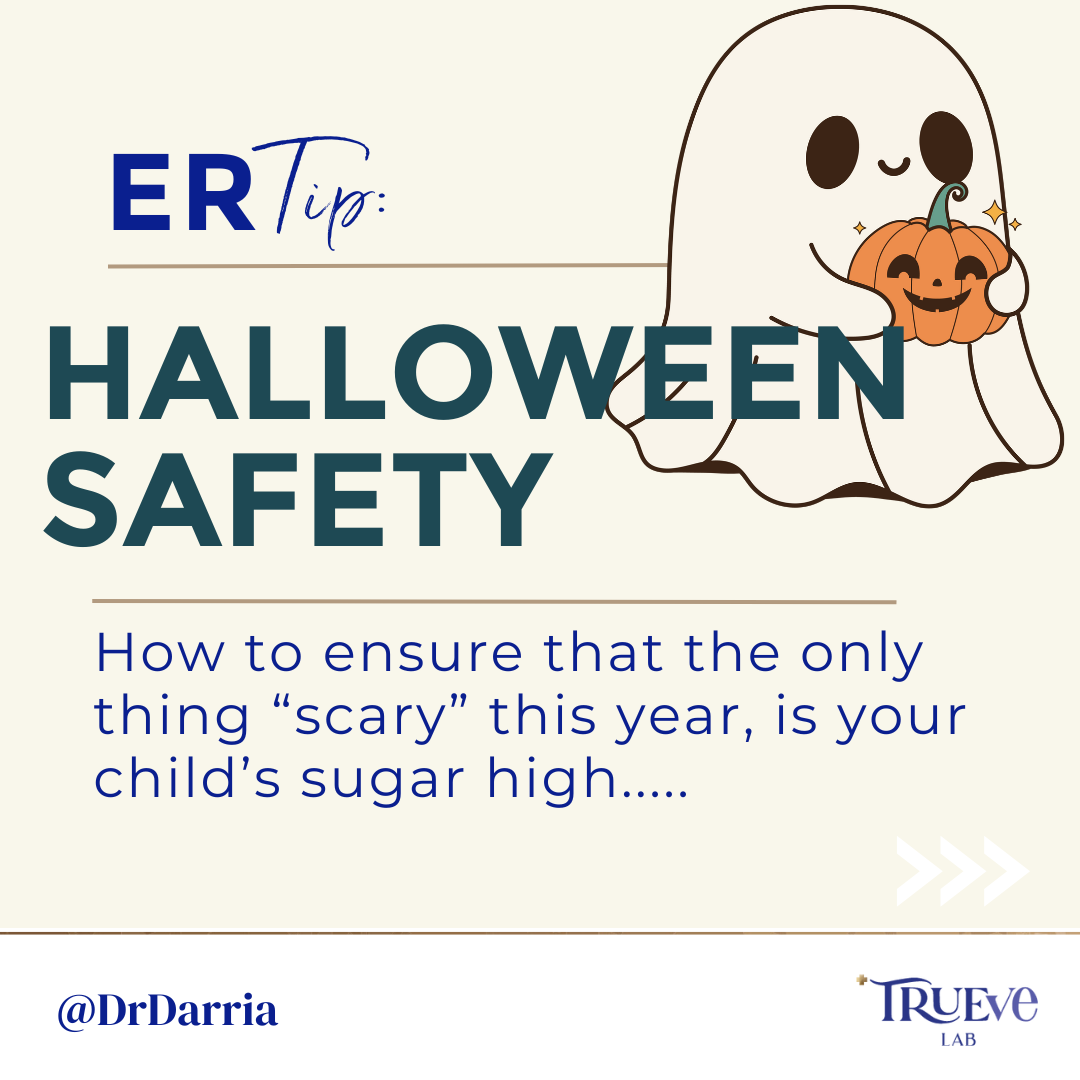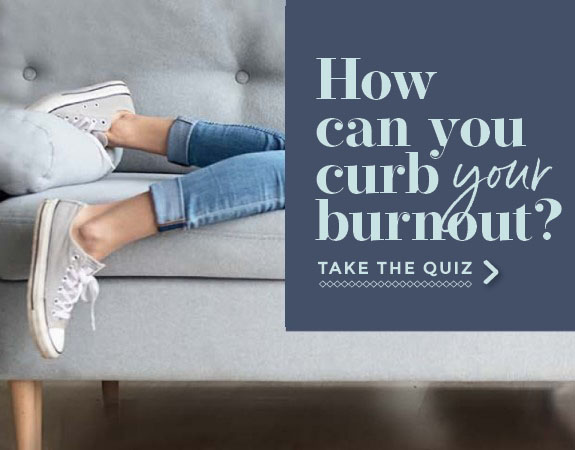Halloween is the single highest day for childhood pedestrian deaths – of the entire YEAR. Yes – particularly for children aged 4-8, the risk of death from being struck by a car while walking, is 10 times higher on Halloween, than any other day.
Now that – THAT is scary.
I hate seeing kiddos in the ER, and thinking “I could have prevented this, had I been able to talk with the parents to let them know”. SO – here’s my time machine to do just that, Halloween version.
what are the biggest risks?
The highest risk is right at dusk – when the lights are just starting to dim (of course, this is also because that’s when most kids want to go out). Most also occur in residential neighborhoods – yes – those exact places that we *think* may be safer.
Here’s how to let your kiddos have a great Halloween – that’s also safe.
How can we lower risks to up halloween safety?
STREET SAFETY:
- Add a light: To up visibility, have your child have a light – either on their costume, or one that they carry, that stays on the entire time they’re trick-or-treating.
- Adult supervision: According to the AAP, the youngest that is recommended for kids to cross the road alone (at the MINIMUM) is 10. I – and other pediatric injury specialists I know – recommend that be at least 12. Otherwise, they need to be with an adult.
- Cross only at intersections: More child pedestrians are hit in the middle of the block – NOT the intersection, to emphasize that – although they want to run across the street and back and forth, instead to go up the street on one side, and down the street on the other.
- Avoid masks, which can decrease your child’s visibility. Save that for the school parade, and not when on the streets.
BUTTON BATTERIES
- If it feels like you’re hearing WAY more about the dangers of button batteries than we used to – you’re not wrong – here’s why. Although button batteries have been around for over 30 years, they have drastically changed. (1) The size has gotten larger (and hence more chemicals) and (2) they’re now made of lithium, which has higher voltage. So overall, they’re FAR more dangerous, and able to cause serious injury in as little as two hours.
- What to do? The reality is that for many children who swallow button batteries, their parents don’t see it happen (those little buggers are QUICK and secretive), and don’t realize until hours later, after the damage has started to create vague symptoms. My solution here is just to AVOID letting your child have access to these at all, in any way that you wouldn’t be supervising. That includes not having them on costumes or accessories for Halloween. If your child DOES have one of these (say an older child wants it, and you have a younger child), wrap duct tape around the battery compartment, to further reduce the risk of it falling out, and remove it as soon as trick or treating is over.
BROKEN GLOWSTICKS
Glowsticks contain a gel liquid that is irritating to eyes and skin.
- Reinforce to kids that if they break, to NOT touch them and definitely don’t touch their face. And please. PLEASE, don’t put them in the mouth. (I also avoid the little tiny glowstick pieces, because they’re just an automatic temptation to do this).
- If they do break a glow stick and get the chemical into their eyes, on their skin, or swallowed, irrigate the area with tap water, and call the Poison Control Hotline, with questions.
BURNS
- Costumes can be easily flammable, and with jack-o-lanterns and other candle-containing objects, it’s not uncommon to have a child’s costume start to burn. To minimize this, again – just like with the mask – encourage your child to save the “extra accessories” for things like the school parade, and be a little more streamlined for trick or treating. (And if they don’t let you START this way, then usually about half-way through, when they’re just starting to get tired and it’s starting to get dusk, they’ll often allow you to remove an accessory or two, and carry it yourself. All in the name of safety
I know – sometimes we ER doctors are the no-fun-police. But just by paying a little extra attention to these tips, you can have a lower stress, safer, AND fun holiday.
Happy trick-or-treating!
All my best,
- Dr. Darria








